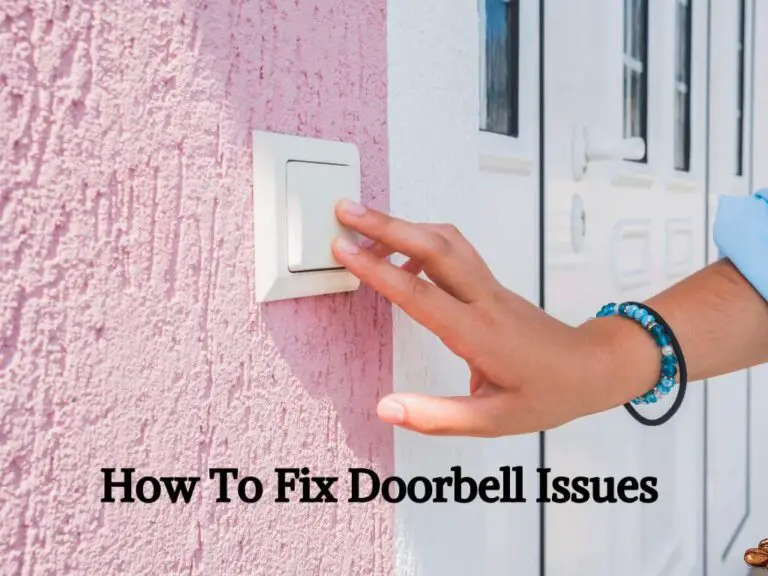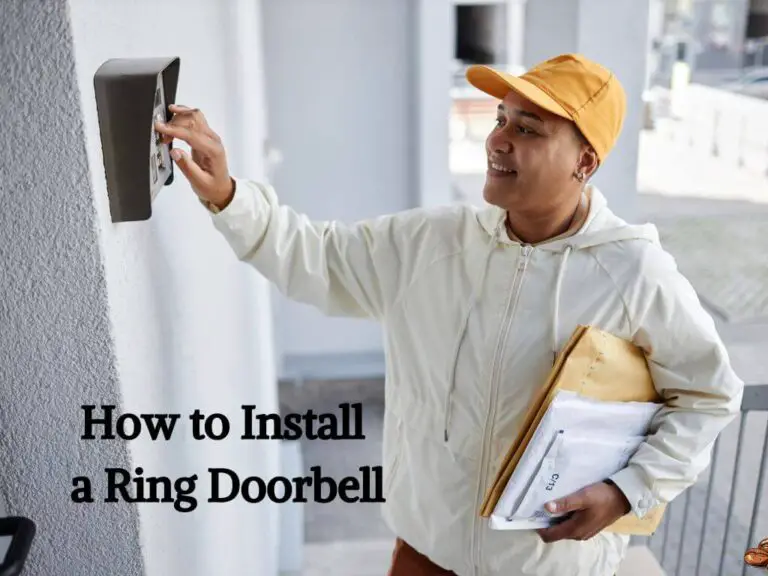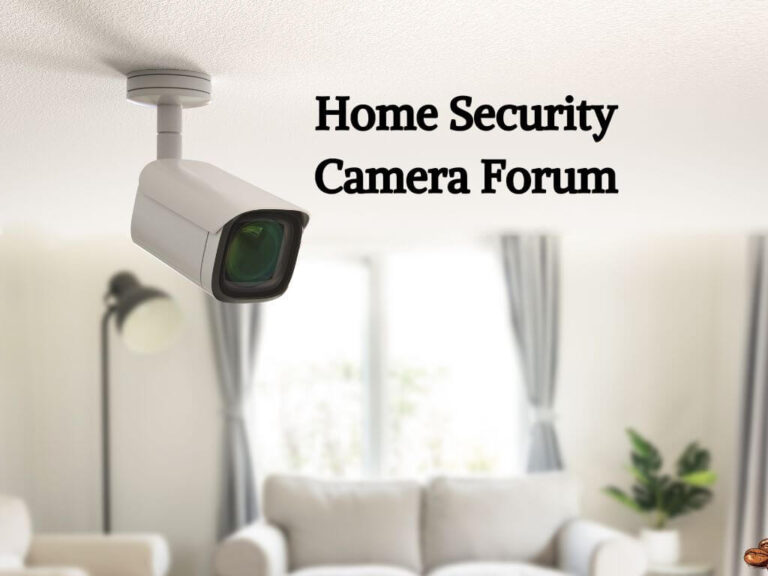In our increasingly connected world, smart devices have become an integral part of our daily lives. From smart speakers and home assistants to security cameras and smart TVs, these gadgets promise convenience and efficiency. However, this convenience often comes at a cost—our privacy. Many users are unaware of how much data their devices collect or how it can be used, leading to a growing concern about privacy breaches.
Did you know that smart speakers can sometimes record conversations without your knowledge? A recent study found that many popular devices have settings that allow them to listen in on conversations, even when you’re not actively using them. This raises an important question: How can we protect our personal information from these seemingly innocent devices?
In this article, we will explore various strategies to stop smart devices from spying on you. From understanding how these devices work to taking proactive steps in securing your privacy, we’ll cover everything you need to know to safeguard your personal data. Whether you’re a tech novice or a savvy user, these tips will help you take control of your smart environment while enjoying the benefits these devices offer.
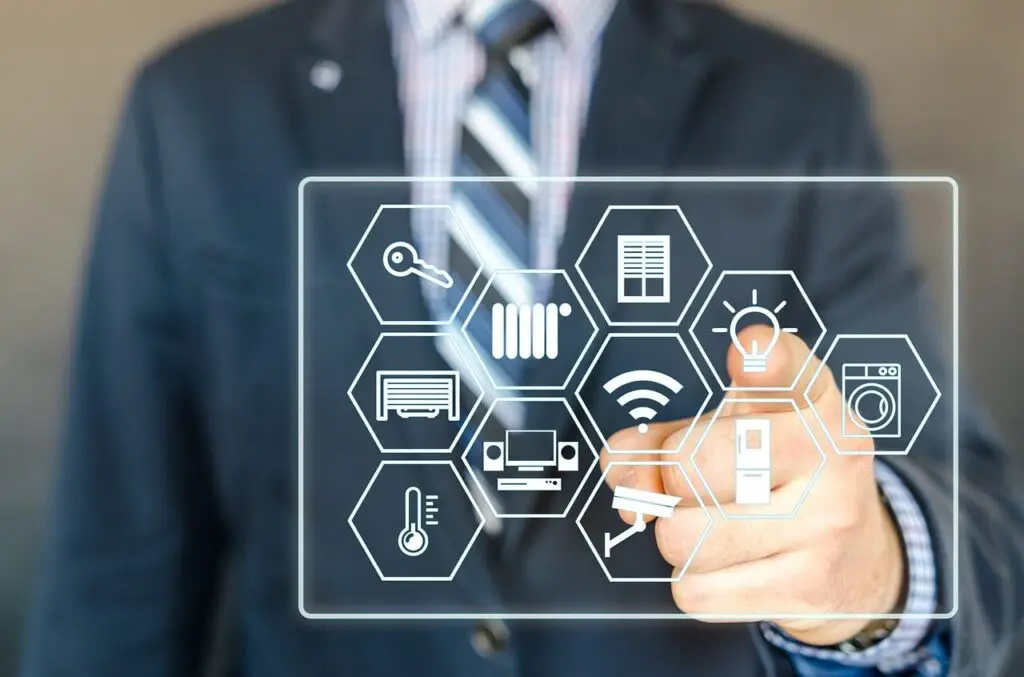
Understanding Smart Devices
Definition and Examples
Smart devices refer to electronic gadgets that connect to the internet and can be controlled remotely or autonomously. They use sensors and software to collect and share data, allowing them to perform tasks and respond to user commands. Common examples of smart devices include:
- Smart Speakers: Devices like Amazon Echo and Google Home that respond to voice commands and can play music, control other smart devices, and provide information.
- Smart Cameras: Security cameras that can be monitored remotely, often featuring motion detection and night vision capabilities.
- Home Assistants: Devices that help manage tasks, set reminders, and control smart home features, such as the Google Nest Hub.
How These Devices Collect Data
Smart devices are equipped with various sensors and connectivity features that allow them to collect data continuously. Here’s how they typically gather information:
- Microphones: Used in smart speakers and assistants to capture voice commands.
- Cameras: Found in security devices and smart doorbells, used for monitoring and recognizing faces.
- Location Tracking: Many smart devices use GPS to provide location-based services or enable features like geofencing.
While this data collection can enhance user experience, it also raises significant privacy concerns.
Recognizing the Risks
Overview of Potential Privacy Violations
With the convenience of smart devices comes the risk of privacy invasions. Here are some potential violations:
- Eavesdropping: Devices that listen for voice commands can inadvertently record conversations, leading to unauthorized access to sensitive information.
- Data Sharing: Many smart devices share collected data with third-party companies, which can be used for targeted advertising or other purposes without user consent.
Real-Life Examples
Several high-profile cases highlight the risks associated with smart devices. For instance, there have been reports of smart speakers recording conversations and sending them to contacts without the user’s knowledge. In another case, a vulnerability in a smart camera allowed hackers to access live feeds, raising alarms about home security.
Assessing Your Smart Device Inventory
Inventory Your Devices
The first step in safeguarding your privacy is to take stock of the smart devices in your home. Here’s how to create an inventory:
- List All Devices: Write down every smart device you own, including those you might have forgotten.
- Identify Their Functions: Note what each device does and how it connects to the internet.
Reviewing Privacy Settings
Once you have your inventory, it’s crucial to review the privacy settings for each device. Here’s a quick guide on how to access privacy settings for popular smart devices:
- Smart Speakers: Open the associated app (e.g., Alexa or Google Home), navigate to settings, and review the privacy options.
- Cameras: Access the app to check who has access to your camera feed and adjust permissions as necessary.
Identifying Data Collection Practices
Understanding what data each device collects is vital. For example, smart speakers typically collect voice recordings, while smart cameras may gather video footage. Review your device’s privacy policy to learn more about data usage and sharing practices.
Securing Your Network
Tips for Securing Your Home Wi-Fi Network
Your home network serves as the gateway for your smart devices, making it essential to secure it. Here are some tips:
- Use Strong Passwords: Create unique passwords for your Wi-Fi network that are difficult to guess.
- Enable WPA3 Encryption: This is the latest security protocol and provides better protection against unauthorized access.
Create a Guest Network
Setting up a guest network for your smart devices can isolate them from your main personal network, reducing potential privacy risks. Here’s how to do it:
- Log into your router’s settings.
- Look for the guest network option and enable it.
- Set a strong password for the guest network.
Use a Virtual Private Network (VPN)
Using a VPN adds an extra layer of security by encrypting your internet connection. This can help protect your data from prying eyes, especially when using public Wi-Fi networks.
Practical Steps to Enhance Privacy
Disable Unnecessary Features
Many smart devices come with features that may not be necessary for your use. Here are some steps to take:
- Turn Off Voice Activation: If you don’t use voice commands, consider disabling this feature.
- Limit Camera Access: If your device has a camera, disable access when not in use or cover it.
Use Stronger Security Measures
Implementing strong security measures is key to protecting your smart devices:
- Create Unique Passwords: Use a different password for each device and application.
- Enable Two-Factor Authentication: This adds an extra layer of security, requiring a second form of identification beyond just a password.
Regularly Update Device Software
Software updates often include security patches that address vulnerabilities. Make it a habit to check for updates regularly and install them to keep your devices secure.
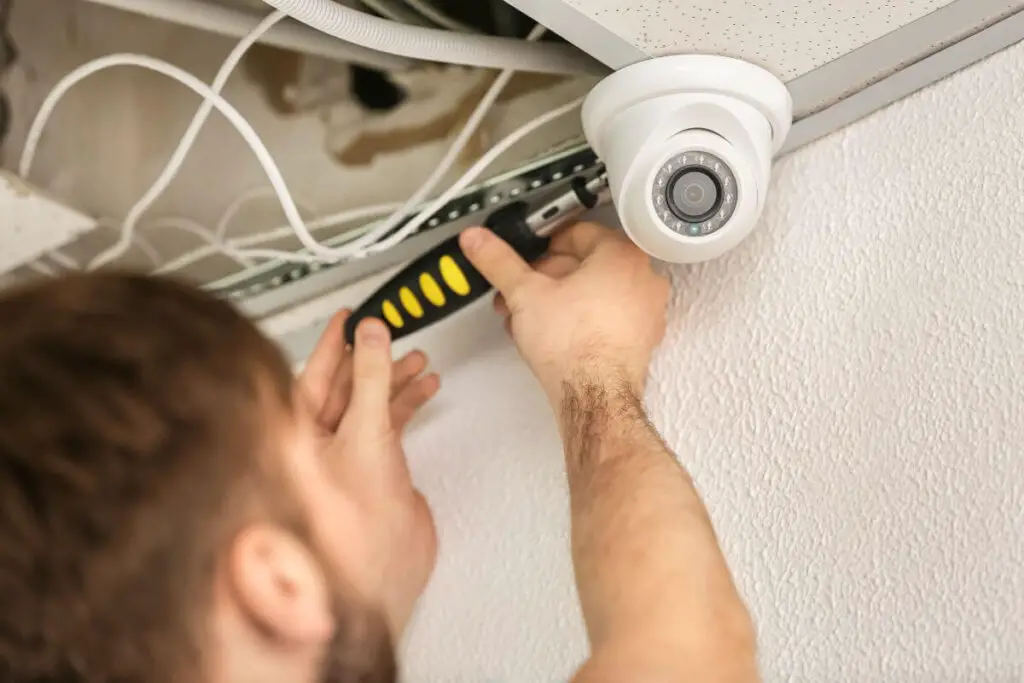
Adjusting Device Settings
Steps to Review and Modify Privacy Settings
Taking control of your smart devices starts with adjusting their settings. Here’s how to review and modify privacy settings for popular smart devices:
- Smart Speakers:
- Open the corresponding app (e.g., Amazon Alexa or Google Assistant).
- Navigate to the settings menu and look for privacy options.
- Disable features that allow the device to save recordings or send data to the cloud.
- Smart Cameras:
- Access the camera’s app and check who has permission to view the camera feed.
- Adjust settings to limit access to only trusted individuals.
- Home Assistants:
- Review the settings for location tracking and turn off any features that are not essential.
Disabling Voice Activation Features
Many smart devices listen for “wake words” that trigger voice activation. If you prefer more privacy:
- Disable the voice activation feature entirely, or
- Use a physical mute button (if available) to stop the device from listening.
Adjusting Camera and Microphone Settings
Be mindful of your camera and microphone settings:
- Regularly check which applications have access to your device’s camera and microphone.
- Disable access for apps that do not require it, reducing the risk of unauthorized use.
Importance of Regularly Checking for Software Updates
Keeping your smart devices updated is crucial for maintaining security. Software updates often include security patches that fix vulnerabilities. Make a habit of checking for updates at least once a month, or enable automatic updates if possible.
Managing Permissions
Reviewing App Permissions Linked to Smart Devices
Many smart devices require companion apps that connect to your phone or tablet. Regularly review the permissions granted to these apps:
- Go to your device’s settings.
- Find the app in question and check its permissions.
- Revoke access to any features that seem unnecessary, such as location services or contacts.
Advice on Limiting Access to Personal Data
When installing new apps for smart devices, be cautious about the permissions you grant. Only allow access to personal data that is essential for the app to function properly. If an app requests excessive permissions, consider using an alternative app that respects your privacy.
Utilizing Privacy Features
Overview of Built-In Privacy Features
Most smart devices come with built-in privacy features designed to protect your information. Familiarize yourself with these options:
- Privacy Mode: Many smart cameras have a privacy mode that disables recording when you’re home.
- Data Export Options: Some devices allow you to download your data, giving you insight into what has been collected.
Tools and Apps that Enhance Privacy and Security
Consider using tools and apps to further enhance your privacy:
- Virtual Private Networks (VPNs): As mentioned earlier, a VPN encrypts your internet traffic, providing an additional layer of security.
- Privacy-focused Browsers: Use browsers that emphasize user privacy, like Brave or Firefox Focus, to limit data tracking.
Being Mindful of New Purchases
Factors to Consider Before Buying New Smart Devices
Before purchasing a new smart device, consider the following:
- Privacy Policies: Read the privacy policy to understand what data will be collected and how it will be used.
- User Reviews: Research what other users say about the device’s privacy features and any known issues.
Researching Privacy Policies and User Reviews
Take the time to investigate potential purchases. Look for reputable sources that analyze smart devices for privacy risks. Websites dedicated to consumer electronics often provide insights into how products handle data.
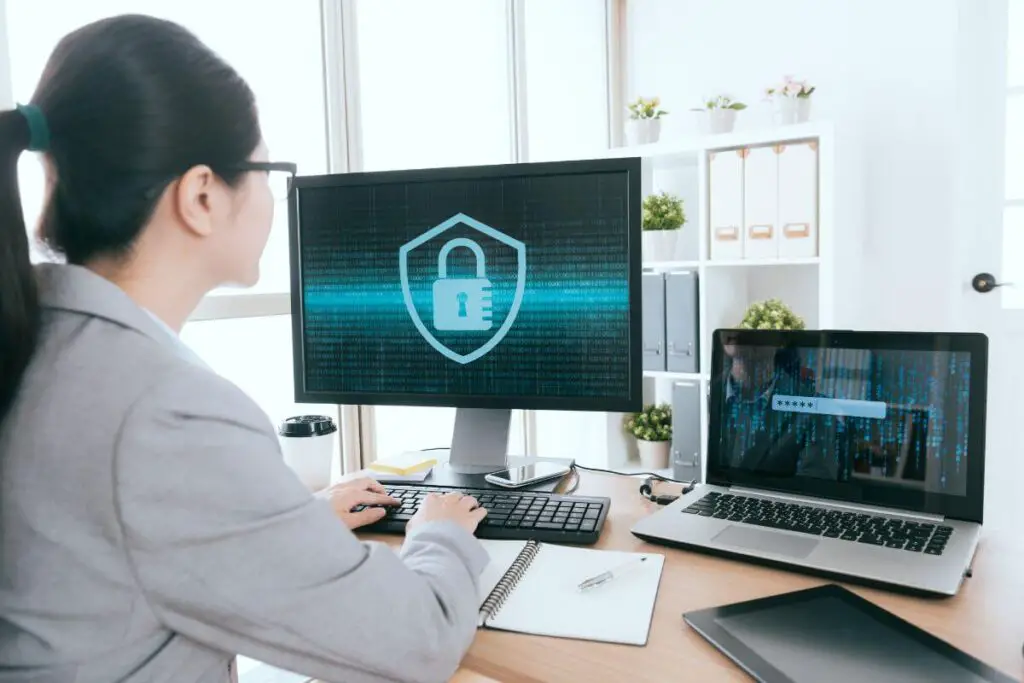
Educating Family Members
Tips for Discussing Privacy Concerns with Family Members
Engaging your family in discussions about smart device privacy is essential. Here are some tips:
- Open Dialogue: Encourage family members to express their thoughts and concerns about smart devices.
- Share Information: Provide resources that explain potential privacy risks and the importance of safeguarding personal information.
Establishing Household Rules for Smart Device Use
Creating a set of household rules can help maintain privacy:
- Designate Device-Free Zones: Consider keeping smart speakers and cameras out of private areas, such as bedrooms.
- Limit Device Use: Set guidelines for when and how devices should be used to minimize privacy risks.
Staying Informed
Importance of Keeping Up with News on Smart Device Privacy
The landscape of technology and privacy is constantly evolving. Stay informed by following news related to smart devices and privacy:
- Subscribe to technology news websites and blogs that cover privacy issues.
- Join online forums or groups dedicated to discussing smart devices and privacy.
Resources for Further Reading and Updates on Technology and Privacy
Here are some resources to consider:
- Books: Look for books that cover digital privacy and security.
- Websites: Sites like the Electronic Frontier Foundation (EFF) provide valuable insights and guidelines on digital privacy.
Conclusion
In this digital age, smart devices offer unparalleled convenience but come with significant privacy risks. By understanding how these devices operate, recognizing potential threats, and taking proactive measures, you can protect your personal information.
Remember, safeguarding your privacy is an ongoing process that involves regularly reviewing device settings, managing permissions, and staying informed about new risks. Take the time to implement these strategies and enjoy the benefits of your smart devices without compromising your privacy.
Share this article to help others become aware of the importance of smart device privacy, and feel free to comment with your experiences or tips on securing smart devices!
Frequently Asked Questions For How To Stop Smart Devices From Spying On You
Can Smart Devices Spy On You?
Yes, smart devices can spy on you. They often have cameras and microphones, which can be exploited by hackers or misused by manufacturers for data collection. Always secure your devices and check privacy settings to protect yourself.
How Can I Protect My Smart Device?
Secure your smart device by setting strong passwords, updating software regularly, installing reputable security apps, enabling two-factor authentication, and monitoring network connections closely.
Can Someone Watch Me Through My Smart Tv?
Yes, smart TVs can be compromised, potentially allowing someone to watch you if the TV has a camera. Always keep your TV’s software updated and use security features to protect your privacy.
Are Smart Home Devices Invading Your Privacy?
Smart home devices can compromise privacy by collecting personal data, often shared with third parties for analysis or advertising. Ensuring strong security settings helps protect your information.

